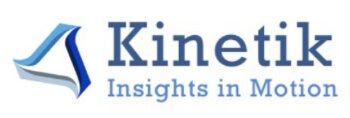User Documentation:
for viewing and interacting with the website, especially for new users
Summary: We will provide a short youtube video and corresponding summary for how to properly fill in their historical data into the provided excel template containing input variables for the simulation. We will also show how to upload their data on our web application. Finally, we will show them how to alter their input variables in the UI.
We will provide a step by step guide in the form of a webpage that explains the following:
- User Manual (Webpages)
- The User Manual would be located inside the HELP session within the navigation bar on the top. User can find the link to the User Manual in the first FAQs question.
- Input File Template (CSV File)
- User can download and use the sample input template file by clicking the
Download Templatelink located on the top of theControl Panel. Users can change that template to accommodate their company data.
- User can download and use the sample input template file by clicking the
How to Input FileTutorial (Webpages)- There is a tutorial for user to follow to fill out their input file. Users can use this tutorial to help them create their data input.
- FAQs
HELPsession in the websites
- Video
- We’ll record a demo video to show help to use our application.
Administrator Manual:
for managing website hosting, URL, run application locally etc.
We will provide a step by step guide in the form of a webpage that explains the following:
- How to deploy in AWS using Amplify.
- Create an AWS account if not already done.
- Install the Amplify CLI on your local machine.
- Create a new Amplify app and environment.
- Connect your Amplify app to your code repository.
- Configure the build settings for your app.
- Deploy your app to the cloud.
- How to run the application locally and necessary dependencies (this will also be in the Github Readme file).
- Clone the code repository for the application.
- Install the necessary dependencies using a package manager like npm or yarn.
- Configure the environment variables for the application.
- Start the development server to run the application locally.
- Readme files
- The Readme.md file will have the basic set-up steps for the project
Developer Documentation:
for understanding code structure and some explanation of react components
- High-level Module Structure (web pages)
- Programming Languages we used
- File/Folder structure
- Explanation of each react component (web pages)
- Input / output / description
- Test Documentation (web pages)
- Explain the test structures
- Tutorial of how to run tests
- Necessary comments in the code for future developers to easily understand
- Readme files
- The Readme.md file will have the basic set-up steps for the project
